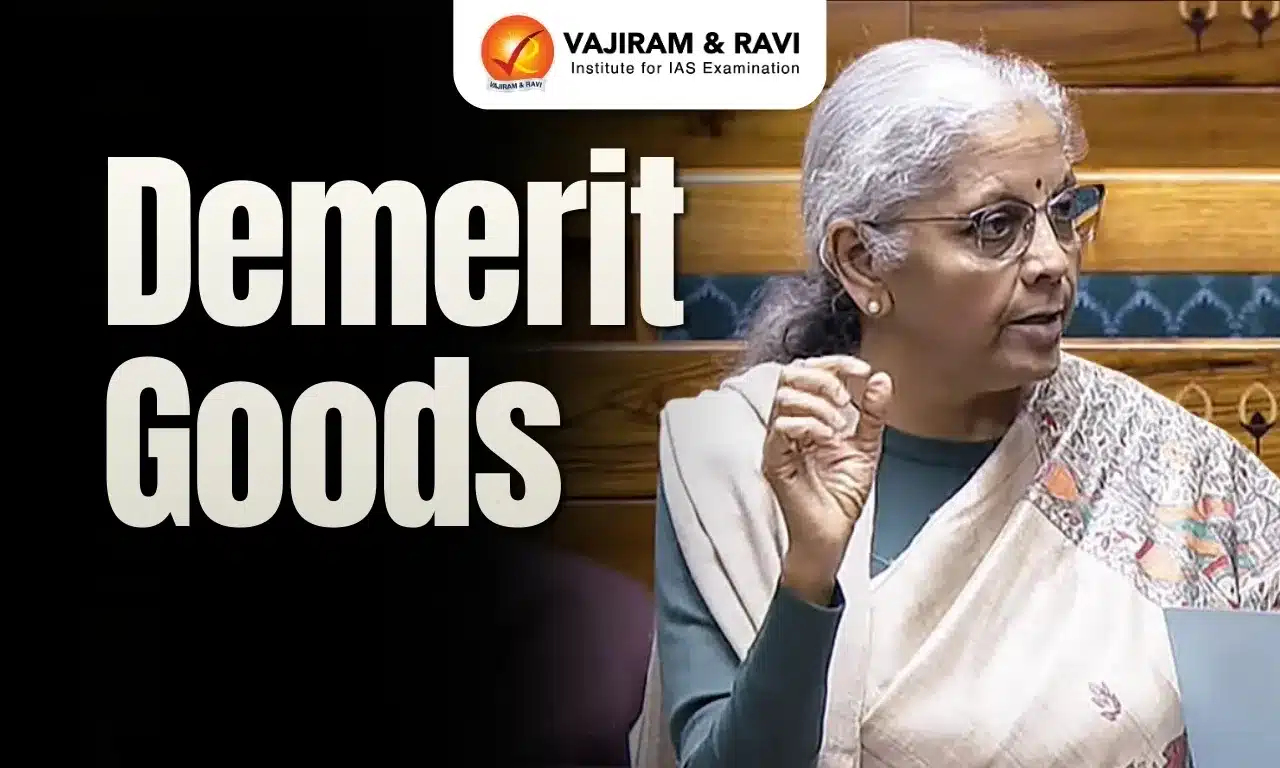What’s in today’s article?
- Background
- EV Sector in India
- About FAME-II Scheme
- Other Measures taken by the Government to promote use of EVs
- Updated EV Policy to Make India as Manufacturing Hub
- Key Features of the Policy
Background
- On his visit to India over the weekend, Tesla CEO Mr. Elon Musk could make a pledge to invest more than USD2 billion into a car manufacturing facility in the country.
- He is scheduled to participate in a roundtable with India’s space startups, and have a meeting with Prime Minister Narendra Modi.
- The Central government has rolled out a policy tailored for Tesla to import 8,000 electric cars annually into India at a reduced 15% duty.
- The tariff policy break for Tesla is consistent with the Government’s approach to tap marquee brands and sectoral flagbearers. For example, Apple in electronics manufacturing, Micron for semiconductor chips, and Tesla for EVs.
- Also, the Government has amended Rules under the Foreign Exchange Management Act (FEMA) to allow up to 100% foreign direct investment (FDI) for the space sector through three categories of liberalised entry routes.
- On his two-day visit, Elon Musk is expected to make a push for Starlink, a project by his company SpaceX, to offer high-speed Internet using a constellation of thousands of low Earth orbit satellites.
EV Sector in India
- Electric vehicle sales in India jumped 49.25 per cent year-on-year to more than 15 lakh units in 2023, according to a data released by the Federation of Automobile Dealers’ Association (FADA).
- The EV industry had recorded a total sales of around 10 lakh units in 2022, as per the data.
- The surge in sales can be attributed to increase in the availability of products in the market, high fuel prices, state subsidies and sops offered under the FAME-II Initiative.
About FAME-II Scheme
- Launched in 2015, the Fame India scheme is an incentive scheme that encourages the adoption of electric and hybrid vehicles.
- The full form of FAME India scheme is “Faster Adoption and Manufacturing of Electric and Hybrid Vehicles in India”.
- In 2019, the Central government approved Phase-II of FAME Scheme with an outlay of Rs. 10,000 Crore for a period of 3 years.
- Earlier this year, it was extended to March 31, 2024.
- Phase-II aims to generate demand by way of supporting 7000 e-Buses, 5 lakh e-3 Wheelers, 55,000 e-4 Wheeler Passenger Cars (including Strong Hybrid) and 10 lakh e-2 Wheelers.
- Nearly 2 lakh vehicles have been supported under the FAME-II scheme.
Other Measures taken by the Government to promote use of EVs
- Battery Swapping Policy:
- Battery swapping is an alternative which involves exchanging discharged batteries for charged ones and provides flexibility to charge them separately.
- This de-links charging and battery usage and keeps the vehicle in operational mode with negligible downtime.
- NITI Aayog, recently, released a draft battery swapping policy under which all metropolitan cities with a population above 40 lakh will be prioritised for development of battery swapping network under the first phase.
- Battery swapping is an alternative which involves exchanging discharged batteries for charged ones and provides flexibility to charge them separately.
- This de-links charging and battery usage and keeps the vehicle in operational mode with negligible downtime.
- Switching to an EV:
- Central/State governments provide an upfront subsidy that reduces the overall costs of electric vehicles.
- E-AMRIT Portal:
- The e-AMRIT portal offers various resources to help ease the migration to electric vehicles.
Updated EV Policy to Make India as Manufacturing Hub
- The Government of India has approved a scheme to promote India as a manufacturing destination so that e-vehicles with the latest technology can be manufactured in the country.
- The policy is designed to attract investments in the e-vehicle space by reputed global EV manufacturers.
- This will provide Indian consumers with access to latest technology, boost the Make in India initiative, strengthen the EV ecosystem by promoting healthy competition among EV players.
- It will also leading to high volume of production, economies of scale, lower cost of production, reduce imports of crude Oil, lower trade deficit, reduce air pollution, particularly in cities, and will have a positive impact on health and environment.
Key Features of the Policy
- Minimum Investment required: Rs 4,150 Cr;
- No limit on maximum Investment;
- Timeline for manufacturing:
- 3 years for setting up manufacturing facilities in India, and to start commercial production of e-vehicles, and reach 50% domestic value addition (DVA) within 5 years at the maximum.
- Domestic value addition (DVA) during manufacturing:
- A localization level of 25% by the 3rd year and 50% by the 5th year will have to be achieved.
- The customs duty of 15% (as applicable to CKD units) would be applicable for a period of 5 years
- Not more than 8,000 EVs per year would be permissible for import under this scheme. The carryover of unutilized annual import limits would be permitted.
The Investment commitment made by the company will have to be backed up by a bank guarantee in lieu of the custom duty forgone.
Last updated on November, 2025
→ Check out the latest UPSC Syllabus 2026 here.
→ Join Vajiram & Ravi’s Interview Guidance Programme for expert help to crack your final UPSC stage.
→ UPSC Mains Result 2025 is now out.
→ UPSC Notification 2026 is scheduled to be released on January 14, 2026.
→ UPSC Calendar 2026 is released on 15th May, 2025.
→ The UPSC Vacancy 2025 were released 1129, out of which 979 were for UPSC CSE and remaining 150 are for UPSC IFoS.
→ UPSC Prelims 2026 will be conducted on 24th May, 2026 & UPSC Mains 2026 will be conducted on 21st August 2026.
→ The UPSC Selection Process is of 3 stages-Prelims, Mains and Interview.
→ UPSC Result 2024 is released with latest UPSC Marksheet 2024. Check Now!
→ UPSC Prelims Result 2025 is out now for the CSE held on 25 May 2025.
→ UPSC Toppers List 2024 is released now. Shakti Dubey is UPSC AIR 1 2024 Topper.
→ UPSC Prelims Question Paper 2025 and Unofficial Prelims Answer Key 2025 are available now.
→ UPSC Mains Question Paper 2025 is out for Essay, GS 1, 2, 3 & GS 4.
→ UPSC Mains Indian Language Question Paper 2025 is now out.
→ UPSC Mains Optional Question Paper 2025 is now out.
→ Also check Best IAS Coaching in Delhi

















